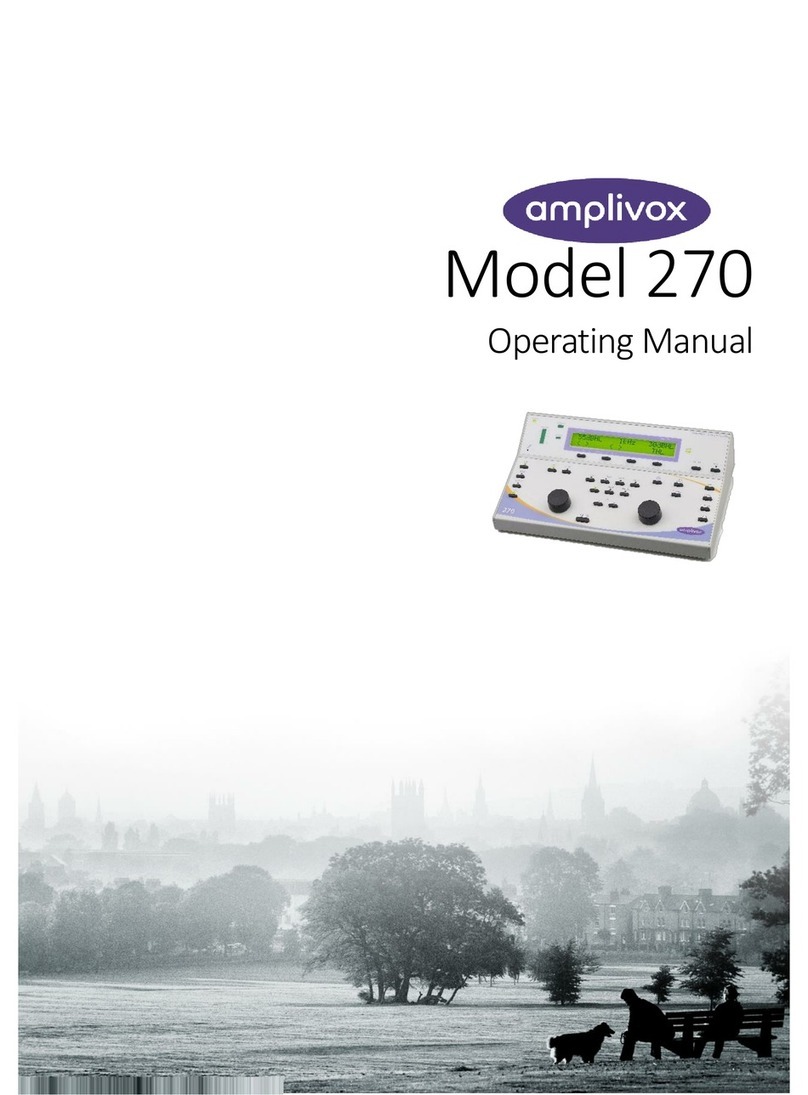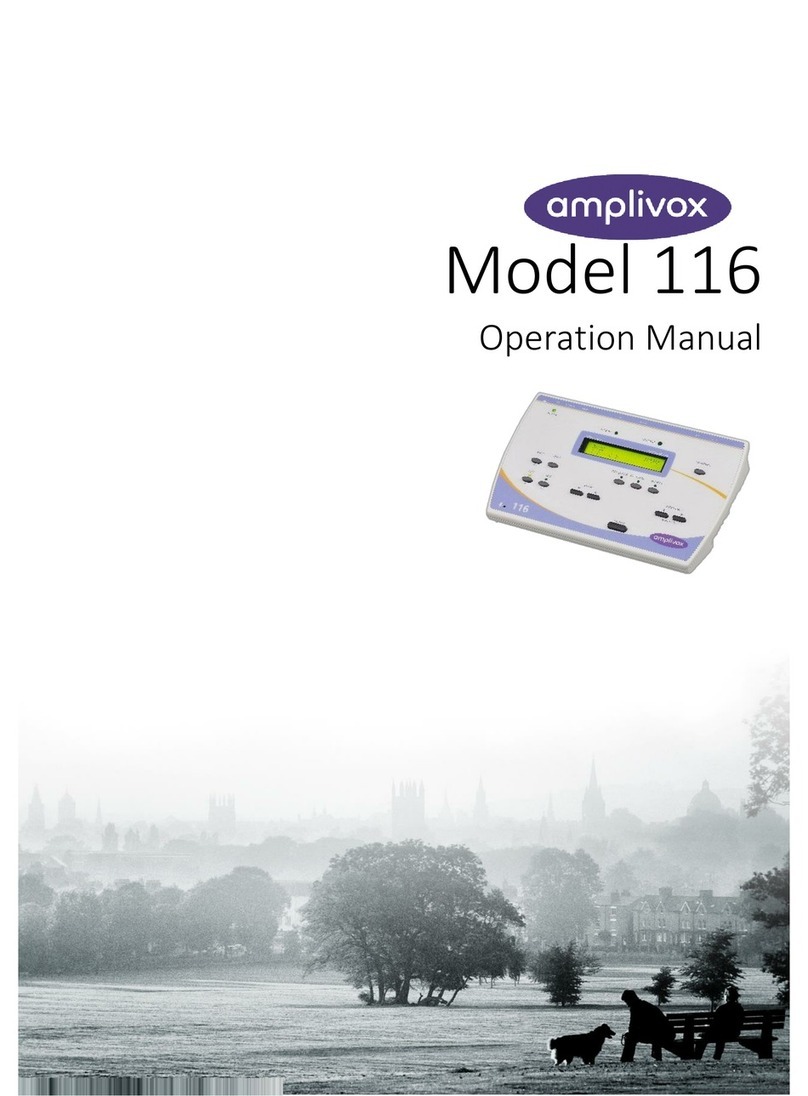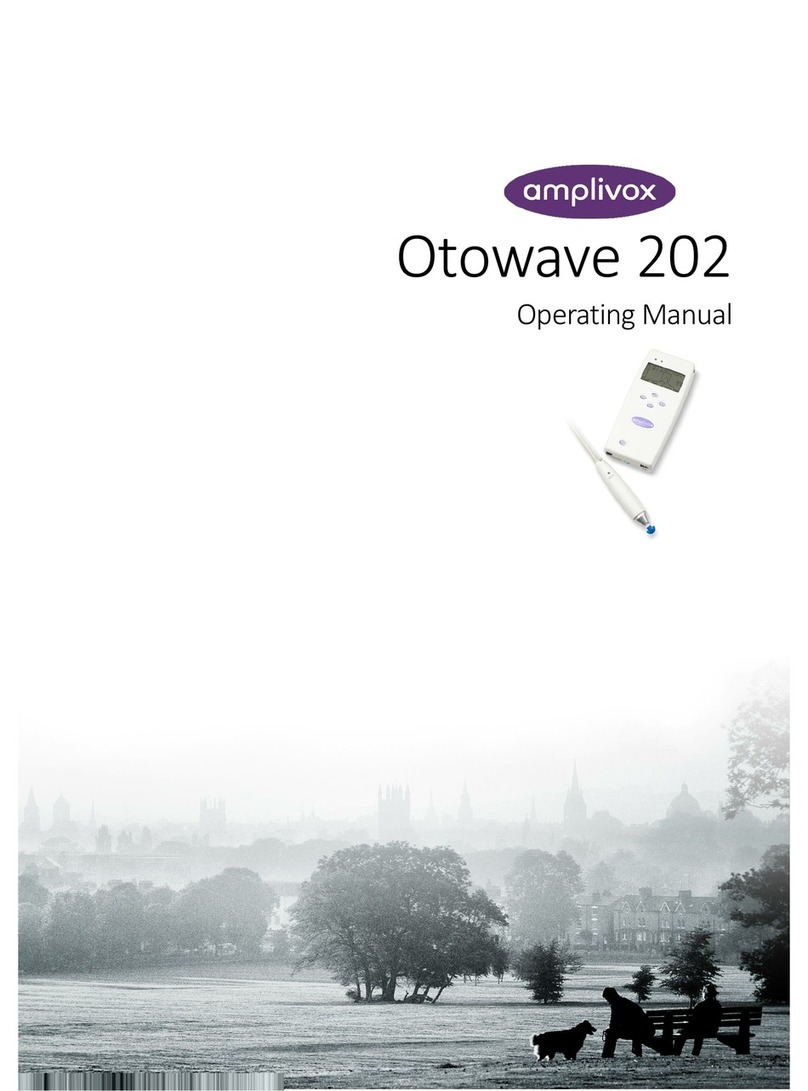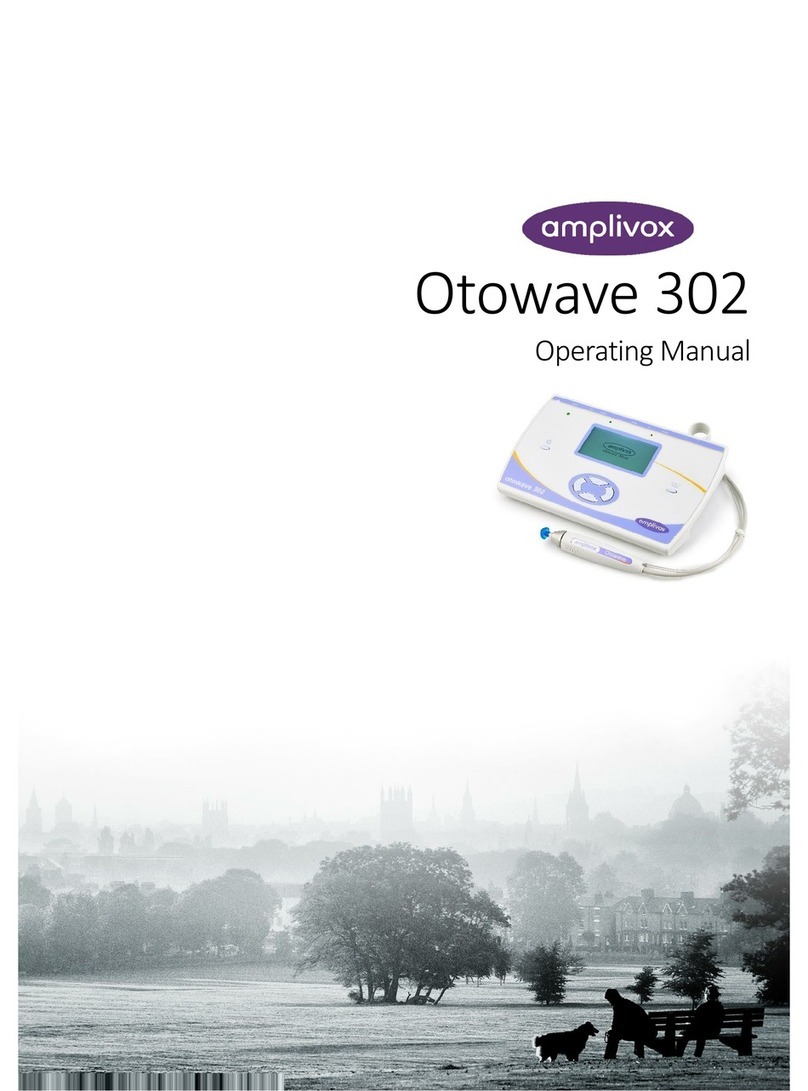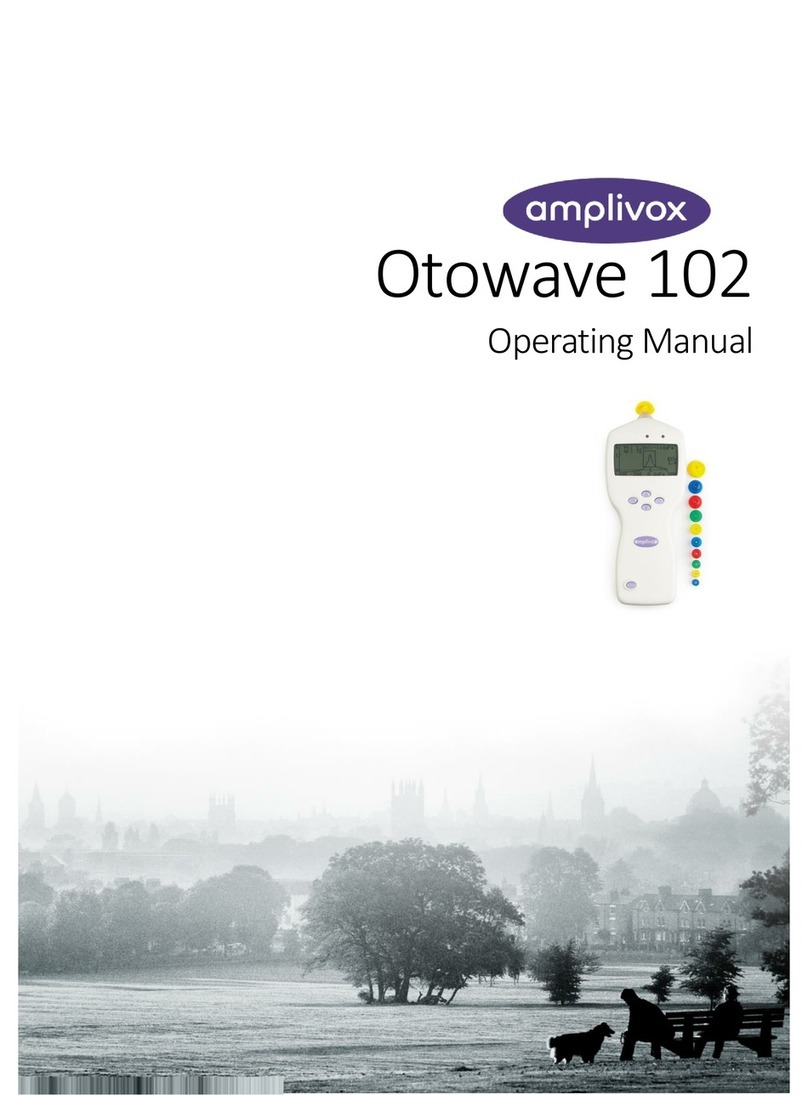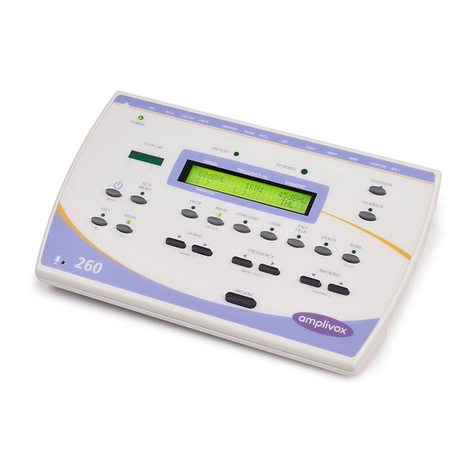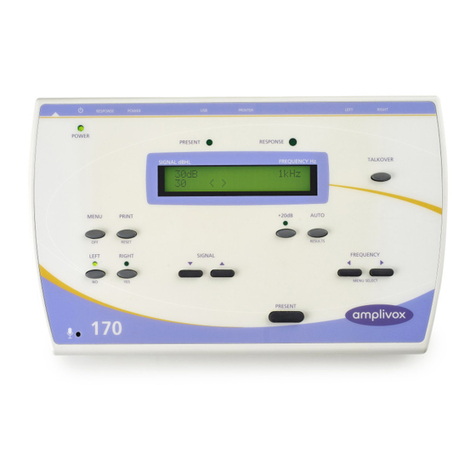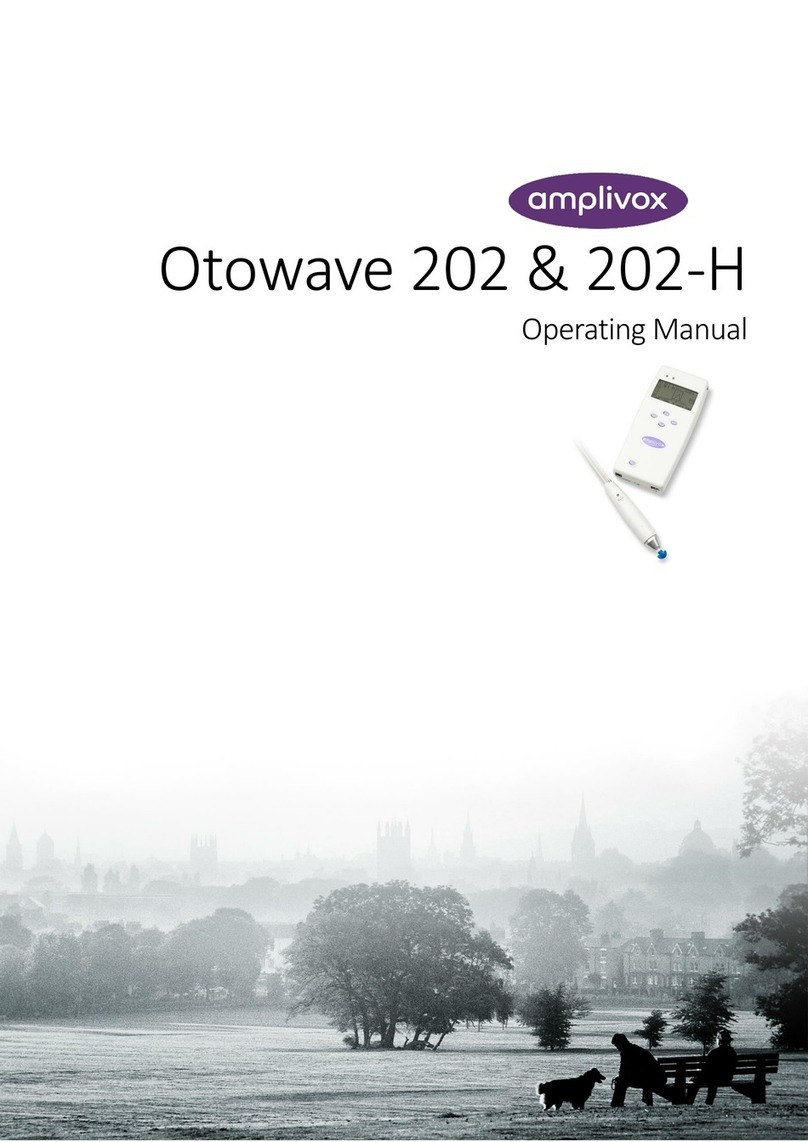i
D-0115690-C (OM001) –Otowave 102 Operating Manual
TABLE OF CONTENTS
1. Introduction..........................................................................................................................................................1
1.1. Thank you .....................................................................................................................................................................1
1.2. Intended applications ...................................................................................................................................................1
1.3. Features........................................................................................................................................................................1
1.4. Unpacking .....................................................................................................................................................................1
1.5. Standard contents and optional accessories................................................................................................................2
1.6. Warranty card (UK Customers only).............................................................................................................................2
1.7. Guarantee.....................................................................................................................................................................2
1.8. Warnings.......................................................................................................................................................................2
2. Important Safety Instructions ...............................................................................................................................3
2.1. Precautions...................................................................................................................................................................3
2.2. Electromagnetic compatibility (EMC) considerations ..................................................................................................3
3. Principles of Operation .........................................................................................................................................4
3.1. Compliance measurement............................................................................................................................................4
3.2. Tympanogram...............................................................................................................................................................4
3.3. Stapedial reflex measurement .....................................................................................................................................4
4. Using the Otowave................................................................................................................................................5
4.1. Installing & replacing batteries.....................................................................................................................................5
4.2. Operating language ......................................................................................................................................................5
4.3. Controls and indicators.................................................................................................................................................5
4.4. The probe .....................................................................................................................................................................6
4.5. Start-up and menu displays ..........................................................................................................................................7
4.6. Initial settings ...............................................................................................................................................................7
5. Taking measurements...........................................................................................................................................8
5.1. Prior to testing and Ambient conditions ......................................................................................................................8
5.2. Ear tip(s)........................................................................................................................................................................8
5.3. Performing a test ..........................................................................................................................................................8
5.4. Ear seal check .............................................................................................................................................................12
5.5. Error messages ...........................................................................................................................................................13
6. Configuration ......................................................................................................................................................14
6.1. Sweep Settings ...........................................................................................................................................................14
6.2. Reflex options.............................................................................................................................................................14
6.3. System Settings...........................................................................................................................................................16
7. Saving Results in the Internal Database ..............................................................................................................17
7.1. Data entry...................................................................................................................................................................17
7.2. Database full...............................................................................................................................................................17
8. IrDA Communications .........................................................................................................................................18
9. Transferring the Results ......................................................................................................................................19
9.1. Sending the results to a printer ..................................................................................................................................19
9.2. Data transfer to NOAH or ampliSuite .........................................................................................................................19
10. Data Management ..............................................................................................................................................20
10.1. List records .................................................................................................................................................................20
10.2. Delete records ............................................................................................................................................................21
10.3. Print records ...............................................................................................................................................................21
10.4. Send records to a computer .......................................................................................................................................21
